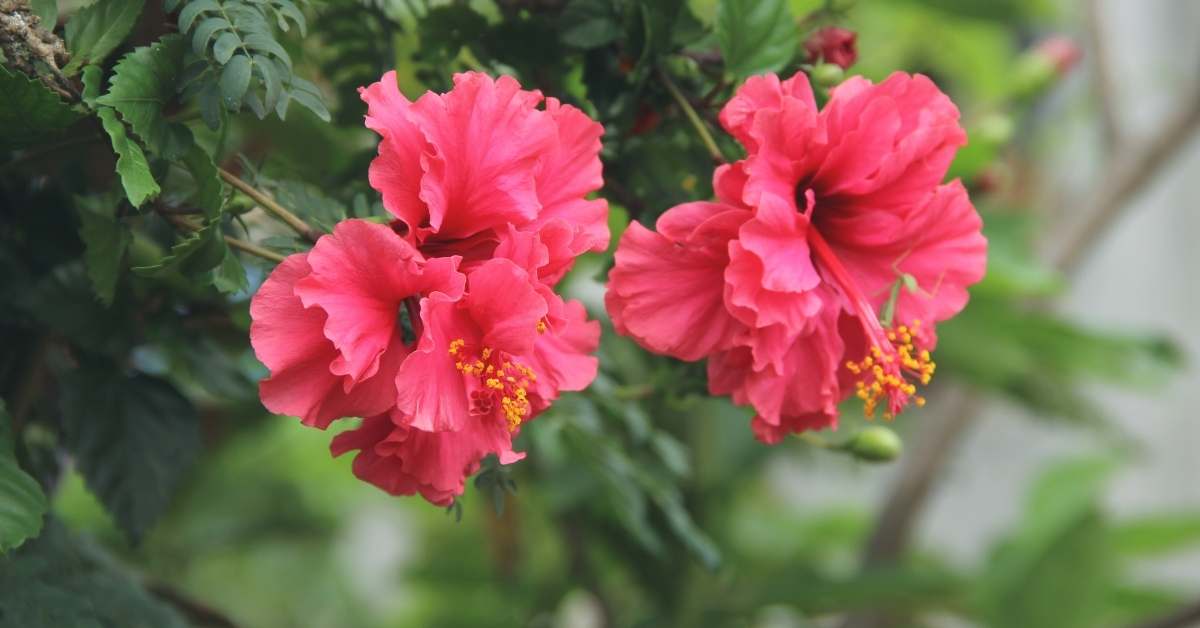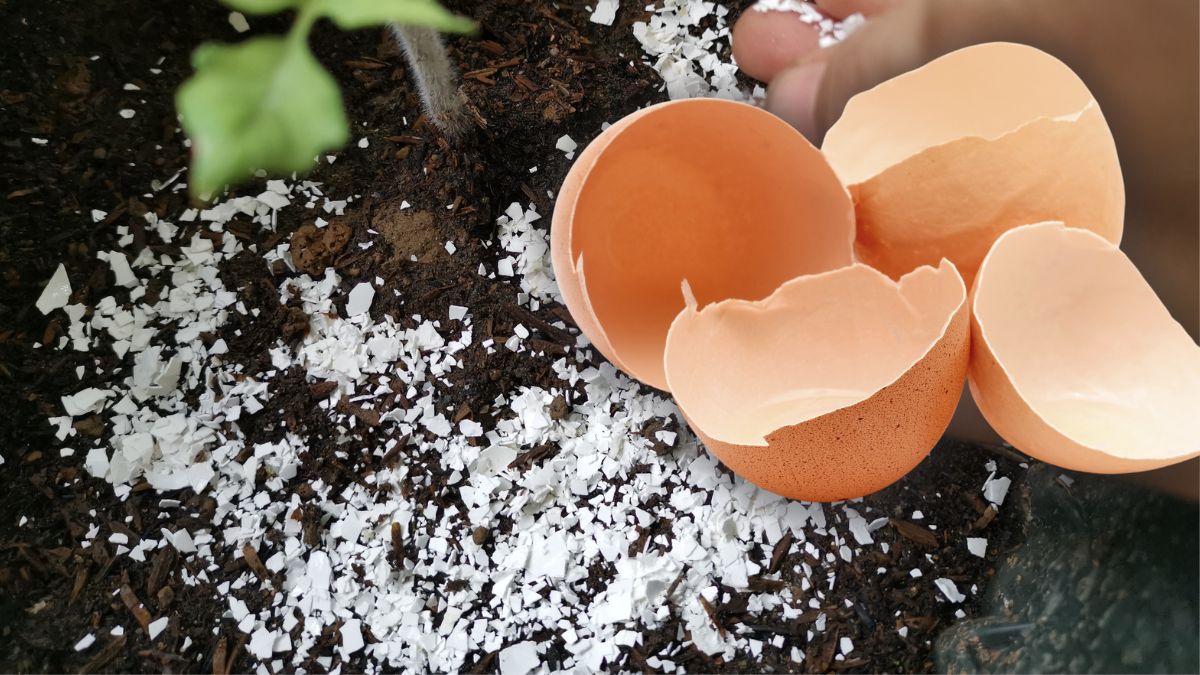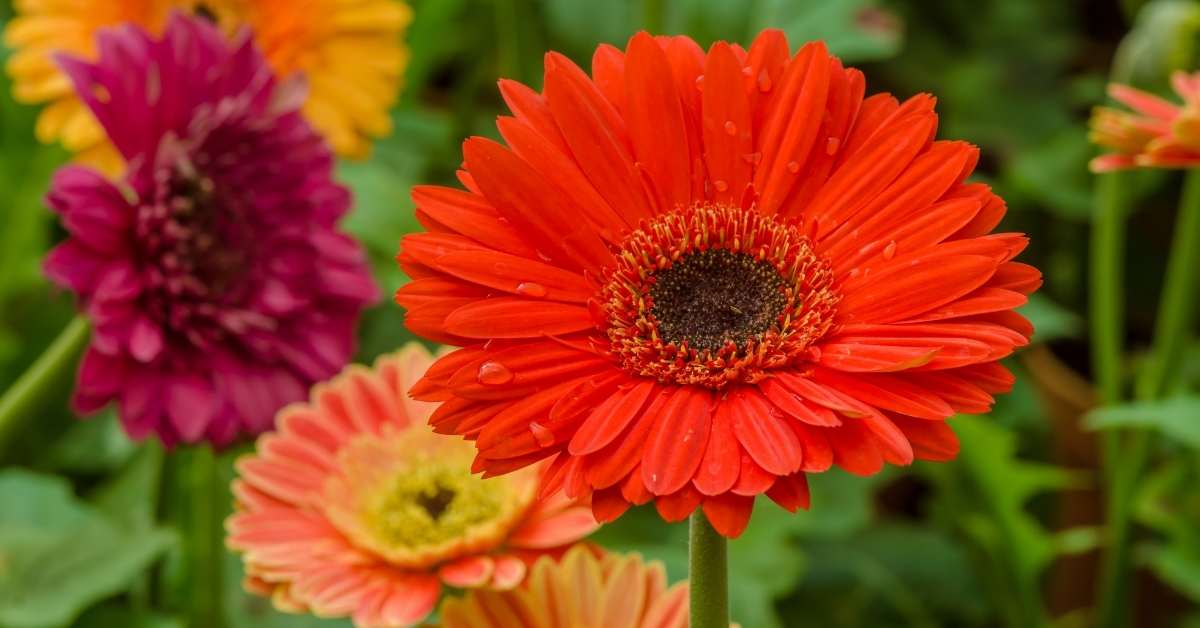Hibiscus plants are huge bushes with colossal blooms in a rainbow of hues. They may be trained to grow into fairly tall trees that bloom year after year because of their strong development. They’re pretty simple to produce and maintain. If you are into learning every detail about growing Hibiscus plants, keep reading.
Growing Hibiscus Plants
This versatile plant can reach a height of 15 feet. It grows equally well in containers and ground soil, producing blooms of 6-8 inches in diameter and attracting butterflies and hummingbirds. Because of its exceptional size, it may be planted alone in a strategically chosen area of the garden as a focal point.
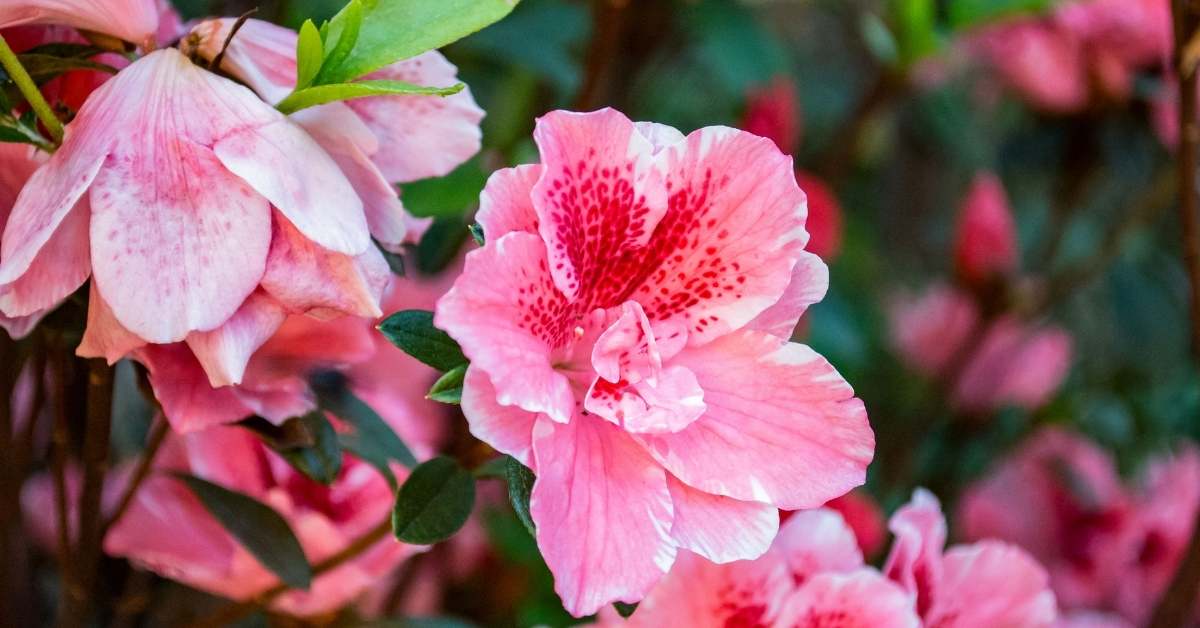
How Fast Does the Hibiscus Plant Grow?
Hibiscus plants thrive in frost-free areas where they profusely bloom throughout the entire growing season. They grow rapidly in full sun and moderately in partly shaded areas.
Petite versions, such as Luna Blush, typically develop into 2-3 feet high bushes with a width of approximately two feet. Scarlet Rose Mallow spreads vertically into a seven-foot-tall tree, and Chinese Hibiscus can reach 12 feet in height in just 1-2 years.
Rose Mallow is a fast grower, and it will blossom during its first summer. Slow growers, such as Rose of Sharon, reach their maturity in seven years and flower moderately until it is fully established.
Regardless of the height, the blooms are usually exceptionally large and resemble flared Japanese lanterns.
The Speed of Growth for Hibiscus Flower
The annual varieties produce blooms every 24 hours. The flowers are fleeting, lasting just a day, but are immediately replaced by new blossoms. The perennial assortments grow flowers that last several days until day wilt away and then are replaced by the new growth of blooms.
Where the Hibiscus Plants Grow
The ancestors of the modern time Hibiscus are native to Hawaii, Madagascar, China, and India. Considered a tropical plant, the Hibiscus was initially transported to other regions around the globe. Today, because of prevalent hybridizing and proper caring for Hibiscus, they are available even in the hardiest areas around the world.
Because of their ability to remain evergreen for most of the year, the Hibiscus plants thrive in warm, tropical climates where there is plenty of sunshine and high levels of humidity created by tropical rains.
The Hibiscus prefers warm rainwater as it contains natural nutrients the city water may lack. Given the warmth and humidity, the plant does not lose its foliage and keeps producing blooms year-round.
Types of Hibiscus
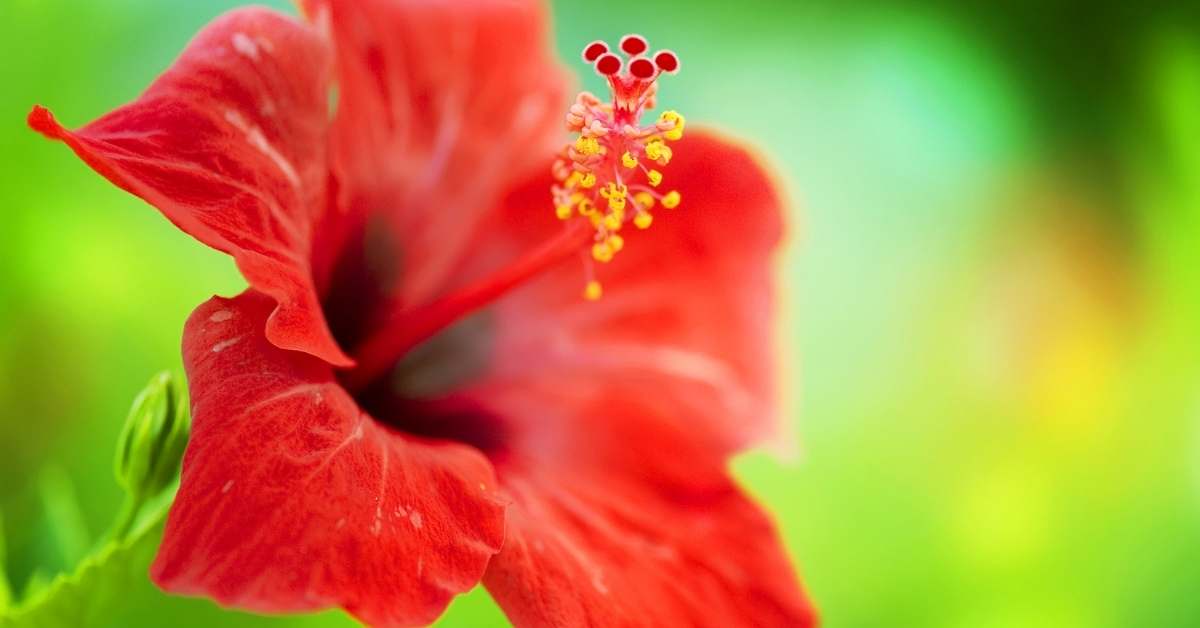
The Hibiscus plants fall into two main categories based on their hardiness, location, and ease of cultivation. Although there is an array of hybridized versions of the plant, these two classifications make it simple to understand what type of plant should be chosen.
1. Hardy Hibiscus
The specimens grown in colder parts of the country have a limited blooming window. They flourish from spring to fall and produce their first flowers in the summer. Over the winter months, they tend to lose their foliage and are often mistakenly discarded as dead.
Once the plant reaches the height of 3 feet, it is considered as matured, and during the winter months, if it loses its leaves, it is an indication of the dormant period.
Hardy hibiscus, such as Lady Baltimore or Kooper King, is surprisingly easy to grow if enough sunlight is provided. They do exceptionally well as container plants on sheltered terraces and patios. These plants do not like disturbances often created by winds or excessive traffic.
2. Tropical Hibiscus
Tropical Hibiscus maintains its leaves year-round in hot climates. The blooms diminish at the end of summer, but the foliage remains green and lush. The plant may die down to the ground in colder zones and should be cut to six inches above the ground to encourage re-sprouting the following season.
The cold-weather varieties do not reach the height of their hot-climate counterparts as their growth is repeatedly reduced before each winter.
Tropical Hibiscus is suitable for in-ground planting in other plants’ “social” environment, unlike the hardy varieties that enjoy growing on their own in containers.
Growing Hibiscus in pots and containers:
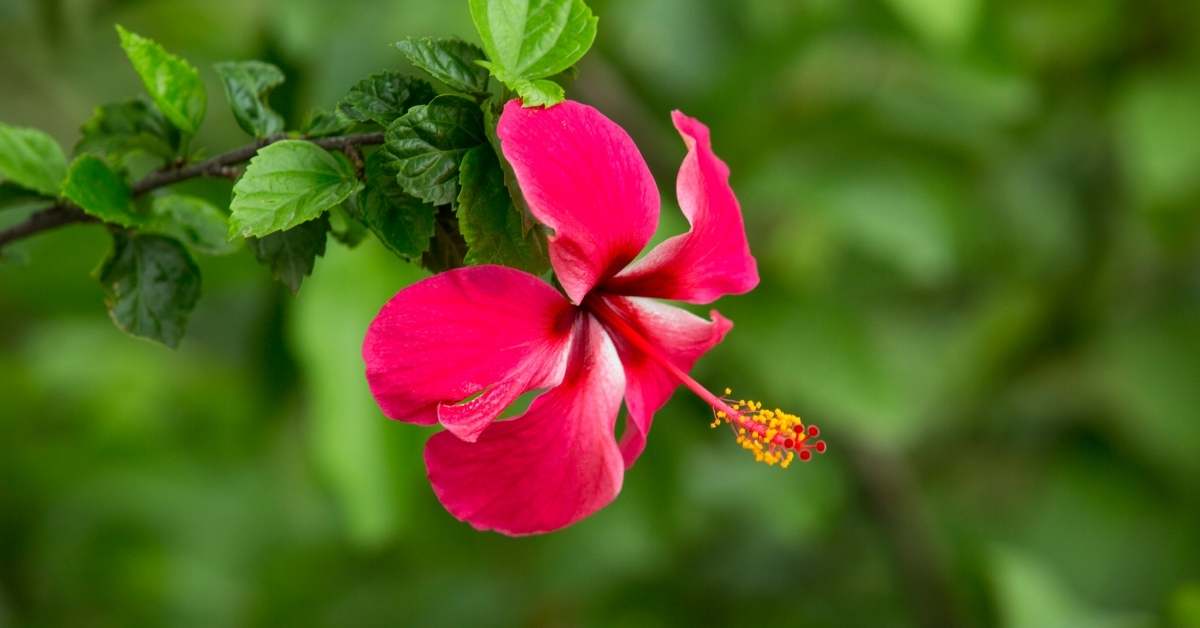
Hibiscus Flowers Grown in Containers
The pot varieties of Hibiscus should be planted in large stone containers to promote the maturity of the roots. A well-established root system will sustain the plant over the winter months when it has to be transferred indoors.
The filtered light in a house, on the other hand, is usually insufficient to promote any development for growing hubiscus in pots. Although the Hibiscus will keep part of its leaves, it will not bloom until the following summer, when it is returned to the patio.
It is important to remember that during the dormant stage, indoor fertilization is not necessary. However, regular misting is vital to reduce the chances of indoor insect invasion. The plant should be watered sparingly.
Where to Plant Hibiscus Plants
Because of their tissue-thin flowers, the Hibiscus plants should be grown in areas of the garden that are situated away from the traffic. They do well as hedges as long as they are not disturbed by frequent movements from the occupants of the home or animals.
Unfortunately, the Hibiscus is at the top of the list for favorite deer snacks. Fencing the area where the Hibiscus is planted may be one of the most effective options.
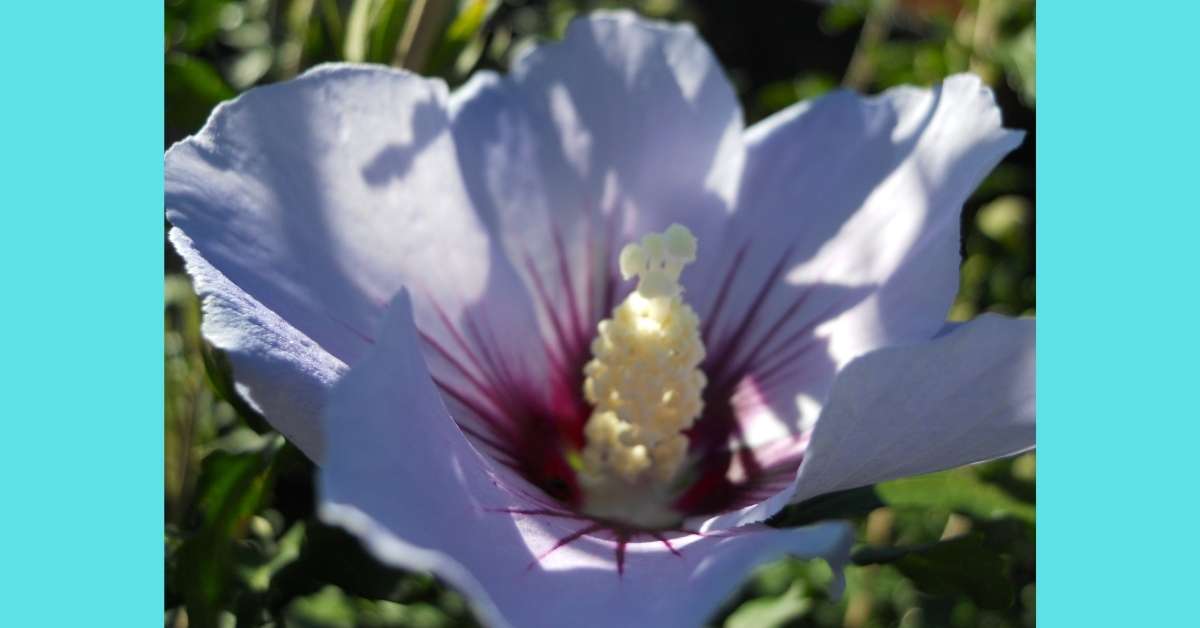
The best places to grow Hibiscus are as follows:
● Patios with plenty of sunshine
● Sheltered balconies and terraces
● Calm and quiet areas of the garden
How to take care of Hibiscus plant?
Caring for Hibiscus is comparatively easy if done on a regular basis. The primary suggestions are listed below.
• Soil – It’s best if the soil is acidic and rich in organic materials. Every 2-3 weeks, fertilizer should be administered.
● Water – Rainwater is most beneficial. The soil should be kept consistently moist. Drip-irrigating systems are ideal for growing Hibiscus.
● Temperature – Steady warmth of 75 degrees will keep the plant flourishing. If the temperature falls to 45 degrees, the plant will suffer damage and may not be able to recover.
● Light – The Hibiscus will constantly bloom if it receives at least 6 hours of sunlight each day. If the plant is kept inside during the winter, it should be placed near a window that faces south.
● Pruning – To maintain the plant tall, moderate trimming is required. Prior to the dormant time, trim the branches back for a bushier appearance to stop hardy hibiscus from growing so tall.
● Pests – Whiteflies, aphids, and mites are all pests that attack the Hibiscus. Infestations may be controlled by using a solution of dish soap and water once a month.

10 Secret Tips About Hibiscus That Other Gardeners May Not Know
● Hibiscus isn’t fond of clay. The clay pots, although beautiful, disperse minute particles into the soil, causing it to become excessively alkaline over time. The use of stone containers will provide far better results since the stone does not overheat and holds the rainfall, enabling the earth to absorb it gently.
● Hibiscus may thrive in a variety of soil types as long as they are well-drained. Chemical fertilizers should be avoided at all costs.
● For ventilation without excessive evaporation, drill four holes in the bottom of the pot.
● When liquid fertilizers are used to fertilize the Hibiscus, the solution is evenly dispersed, preventing it from accumulating on the top layer alone.
● Once a year, add composted bark or worm castings to the soil to keep Hibiscus healthy and growing. Commercial fertilizers often include minced sewage material from unknown sources, which may be harmful to the Hibiscus.
● Never take the plant’s trunk out of the container. Remove it by gently dislodging the dirt from the edges of the container and pulling it out by its roots.
● When using commercial fertilizers, look for ones that have a high potassium concentration and a low phosphorus content (preferably none). The phosphorous, although extremely effective for other plants, will destroy the Hibiscus.
● Place the plant near any heat source other than forced-air outlets before winterizing it. The Hibiscus may be fooled into maintaining its leaves even during the dormant phase if artificial light is used. Once the plant is moved back outside, the flowers will begin to reappear.
● Soak the soil well for 24 hours before planting in the ground until the area of 3 feet in diameter is uniformly wet but not waterlogged. Plant the bulbs 3 inches underground and cover the hole with a 2-inch high mound of dirt.
● To discourage soil-digging pests like raccoons, squirrels, and moles, wrap orange wedges around the bottom of the plant. The added acid from the orange will hasten the blooming process.
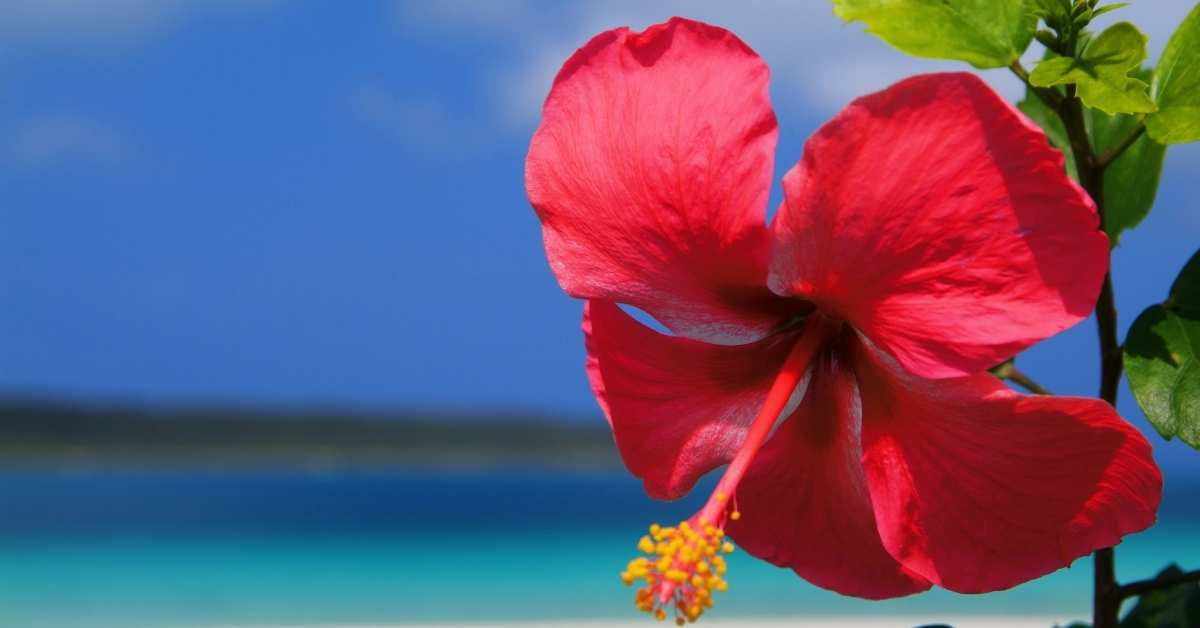
Is Hibiscus poisonous to dogs?
Yes, sort of. According to NBCNews.com, certain kinds of Hibiscus are poisonous to dogs while others are not.
The hardy Hibiscus, Rose of Sharon (Hibiscus syriacus), is specifically listed as toxic to your canine companions if ingested by the American Society for the Prevention of Cruelty to Animals.
However, the flowers are generally safe for humans to eat, according to the University of Arkansas, Division of Agriculture Research & Extension. Rose of Sharon may be found in USDA zones 5 to 8. It’s unclear why this and other hibiscus plants are poisonous to dogs.
The ASPCA cautions that if your dog eats the blooms of a hazardous hibiscus species, such as the Rose of Sharon, he may experience vomiting, diarrhea, nausea, drooling, and a loss of appetite.
Dehydration is also a possibility, which is why you should take your pet to the vet for treatment. Poisoning happens when your dog consumes a large number of hibiscus blossoms all at once rather than over time; thus, a little bite will generally just cause minor gastrointestinal discomfort.
